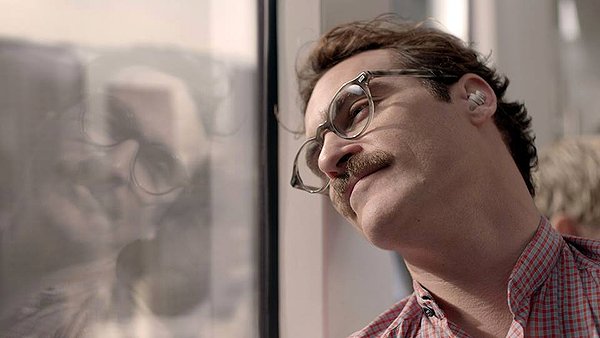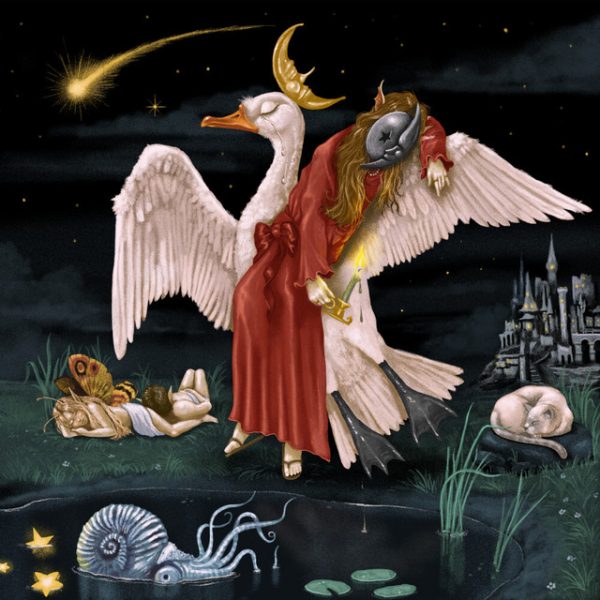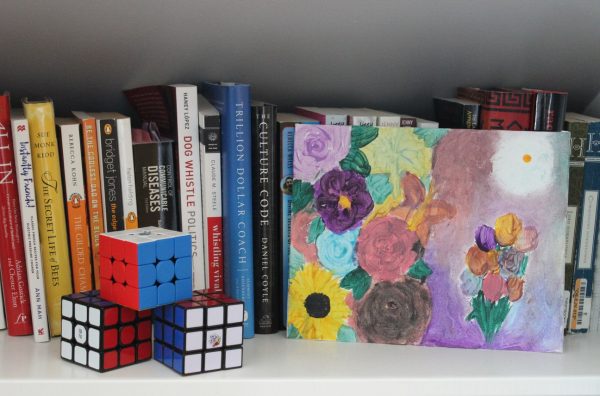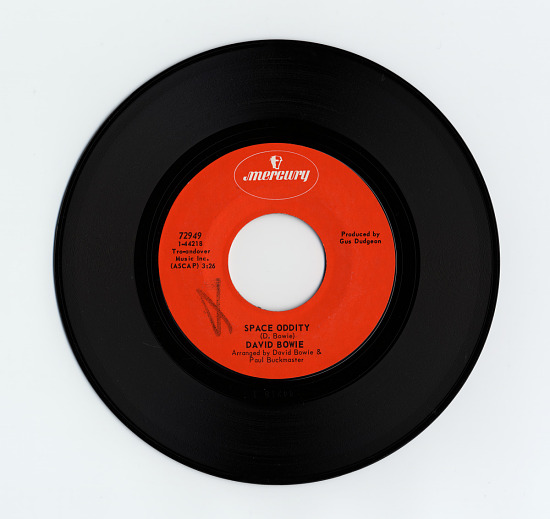Her Movie Review

Courtesy of Rotten Tomatoes.
Spike Jonze’s ‘Her’ is a strange and wonderful movie, enacting every emotion from the audience with seeming ease. The movie makes the sharp change of emotions link together flawlessly. Comedy interspersed with sadness, or joy with anger.
‘Her’ takes a comedic look at a futuristic possibility of anti-social relationships in a technologically overdependent society. The movie follows Theodore Twombly, portrayed by Joaquin Phoenix, a middle-aged writer still recovering from his divorce. Lonely and depressed, he falls in love with his “OS 1” named Samantha, a new artificially intelligent operating system, voiced by Scarlett Johansson. It is the first operating system to have a conscience.
Throughout the movie, Theodore grows more accepting of Samantha’s lack of a body, but it also becomes a clear constraint on their relationship. This raises the question: can a psychological connection overshadow or become more important to someone than a physical connection?
Theodore Twombly is no easy role, Phoenix must create chemistry between just a voice and himself. But Joaquin Phoenix nails this tough role near-perfectly. In some scenes, interactions between Theodore and Samantha seem awkward in conversation, but as the movie progresses Phoenix falls more into his role. Perhaps this was purposeful, but it comes off as a forced interaction.
Johansson has an equally big, if not bigger, challenge to overcome. She has to express all of her thoughts as just a voice, often using pauses or laughter to fill the gaps. This over-expressive inflection sometimes throws the audience out of the movie, but is also necessary for the role.
This sad story takes place in the not-so-distant future of about 15 to 25 years. The film seems less sci-fi and more like a realistic extension of the present. ‘Her’ is a commentary on current society. It shows potential consequences our excessive use of technology will lead to, and only outside of our own context can we see how messed up that is.
‘Her’ often has scenes depicted of people on the street with an OS 1 in their ear, frequently alone, making no eye contact and checking their emails. To us this disconnect seems terrifying, but a similar problem is already happening. Even the plot of the movie is an evolution towards changing what is acceptable. At the beginning, people find it strange that Theodore is dating Samantha, but throughout the movie, this idea becomes commonplace in their world. The fact that this becomes acceptable is a testament to the power of the story itself, this futuristic plot becomes a real and believable parable for our own disconnection from each other.
The portability of the earbud Theodore uses to communicate with the always available Samantha creates a perfect environment for them to be in constant contact with each other. This helps Theodore quickly become more attached to Samantha and less attached to the outside world. The creation of many technological advances are to serve the purpose of bringing us together and helping us communicate, but Theodore’s involvement in his OS 1 shows one of the many ways this movie proves that technology often isolates rather than connects us.
After the climax of the movie, Theodore and many other people are seen in a moment of clarity in their world. Less surrounded by technology Theodore first withdraws with sadness, but he soon overcomes this. The final scene is one of lucidity. Theodore understands that this is for the best, and accepts his state.
Our own overdependence on technology is laid bare in this story, as we see the ways in which we, ourselves, struggle to build meaningful relationships with each other. Through the exaggeration of reliance and usage of technology, Jonze exemplifies a problem we face as we advance as a technologically driven society.









